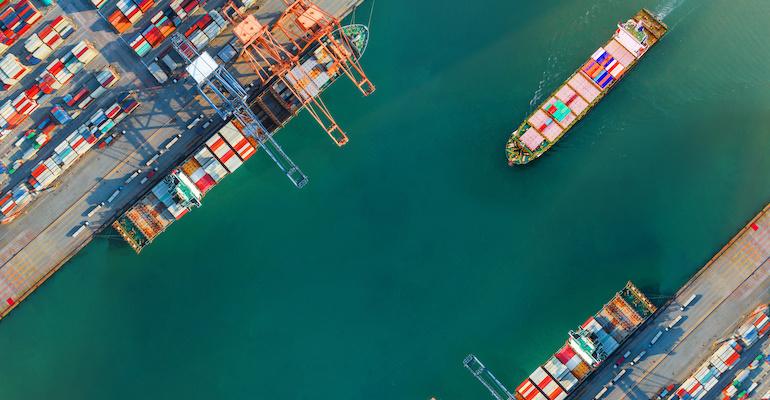The month of May sees the conclusion of annual contracting between carriers and shippers on the trade between Asia the US. The Red Sea Crisis has put lines in an unexpectedly strong position with Cape of Good Hope re-routings effectively addressing overcapacity issues record newbuilding deliveries which stood at 260,000 teu of new capacity in March and 330,000 teu in April.
This was accompanied by a surge in spot rates by over 100% which has started to come off in recent months with rates in March down 21% on their January peak according to DHL Global Forwarding.
“Contract rate negotiations on the Transpacific for May 2024 are still unsettled due to a significant discrepancy between asking prices and what shippers are prepared to pay,” DHL said in its April Ocean Freight Market Update.
A similar picture was painted by logistics provider Dimerco.
Alvin Fuh, Special Assistant to the CEO at Dimerco Express Group, “The disparity between ideal rates sought by Beneficial Cargo Owners (BCOs) and carriers this year is causing a significant gap, potentially slowing down service contract renewals compared to previous years.”
In its Asia Pacific monthly freight report it said several retailers had recently finalised Transpacific Eastbound contracts with rates around 12% to 17% higher, with increases in rates to the US East Coast of $800 - $1,000 per box compared to the previous year.
Carriers were seen as having the upper hand through Q3 and Q4 of this year and into Q1 2025.
“Situations such as potential disruptions in the Red Sea, a looming strike at US East Coast and Gulf Coast ports by ILA in October & November, and the US presidential election in November are expected to keep FAK (freight all kinds) floating rates elevated,” said Dimerco’s Fuh.
“This scenario may limit carriers' ability to accommodate lower-fixed-rate bookings if rates fall below their viability threshold, urging BCOs to seek solutions from reputable Non-Vessel Operating Common Carriers (NVOCCs) for assured space and rate stability.”
Copyright © 2024. All rights reserved. Seatrade, a trading name of Informa Markets (UK) Limited.
Add Seatrade Maritime News to your Google News feed.  |

